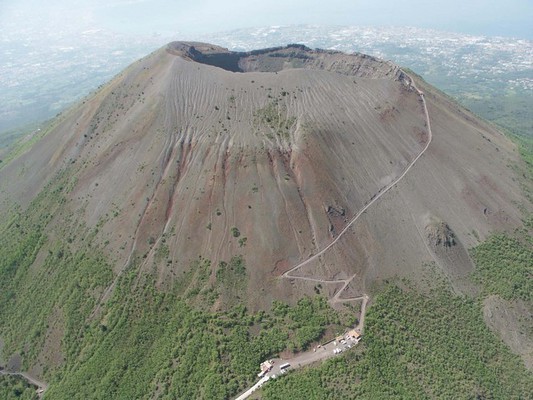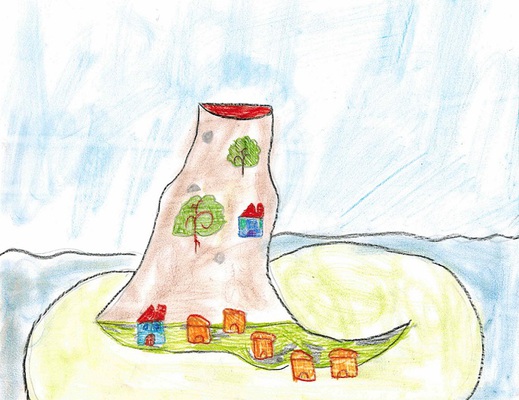A volcano is a natural cracking or opening of the earth's crust from which magma emerges, formed by molten rocks mixed with gases in the form of lava that come from within the earth.
In Italy there are many volcanoes, some always active (such as Etna and Stromboli, in Sicily), others dormant (such as Il Vesuvio, in Campania) others completely dead (like Monte Amiata, in Tuscany).

We have chosen to talk about Vesuvius because it is the one that has done the most damage in the past. The most recent eruption of Vesuvius occurred in March 1944, during the Second World War.
The most famous eruption of Vesuvius was that of 79 AD, which buried the cities of Pompeii and Herculaneum. This eruption was very strong: the ashes that fell and covered the cities near the volcano, burying and suffocating the inhabitants. Written sources say that, after the first eruption, there was an infiltration of water in the magma chamber which, turning into steam, caused enormous pressure, triggering a violent explosion. Moreover, it seems that the particular shape of the top of this volcano is due to this explosion: in fact, due to the violence, the top of the cone broke and a huge depression formed, within which it was born due to the effect of successive eruptions, another mountain that is the current summit of Vesuvius.

Despite the danger that may exist, near the Vesuvius there are still many houses with people who live there.